Politics
MOLDOVAN GOVERNMENT APPROVES MAP OF SINGLE-MEMBER CONSTITUENCIES FOR PARLIAMENTARY ELECTIONS
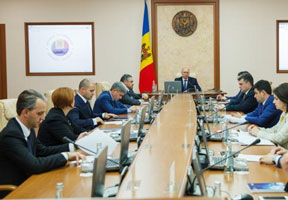
At its extraordinary working meeting held on Tuesday evening, the Moldovan Government approved the map of single-member constituencies to be used at the 2018 parliamentary election. This very important project was carried out by a specially formed ad hoc commission. The map adoption question was not on the Tuesday’s working agenda and was included into the agenda only at the last moment, and the map was approved by the Government straightaway.
The document determines the order of distribution of Moldovan populated areas by constituency. Each constituency includes populated areas with an aggregate number of 60 to 65 thousand voters, regardless of the country’s current administrative-territorial division into rations. The only exception is the Taraclia Raion, having a compact ethnic Bulgarian population. And though the Taraclia Raion has a population of only 35 thousand, it will constitute an individual electoral constituency. The southern Moldovan autonomous region of Gagauzia will have two constituencies, though the autonomy’s administration, President Igor Dodon and the Party of Socialists were insisting on forming 3 constituencies in Gagauzia.
There will be 11 electoral constituencies in Chisinau and two in Balti city. All the rest raions will be united into constituencies in a way to make the number of voters living in them not more than 60 thousand ± max. 10%.
All in all, the Republic of Moldova territory will have 48 constituencies, including two for the Transnistrian region residents (one for the raions of Camenca, Rybnitsa, Dubossary and Grigoriopol and the other for the Slobozia raion and for the cities of Tiraspol and Bendery).
For citizens of Moldova staying in foreign countries, there will be 3 constituencies – one for the former Soviet Union area and eastern countries, one for Europe, and one for Americas.
Earlier, President Igor Dodon was threatening to upset the election in 2018 (to be held by using the mixed election system) if only the Central Election Commission fails to provide 25 parliamentary mandates in overseas single-member constituencies and in Transnistria.
On Wednesday, several non-governmental organizations stood up with a demand to cancel the Government’s decision and to put up the draft of forming single-member constituencies for a broad public discussion.
“The delegating of the right of determining the permanent electoral single-member constituencies to a political organ, namely to the Government subordinate to the parliamentary majority, as well as the non-inclusion of the constituency borders into the Election Code are the main shortcomings of the mixed election system approved by the Parliament in July 2017”, said the document.
Its authors fingered at the lack of transparency at taking that decision.
“Though the meetings of the drafting commission were open and broadcasted live via the media, the documents being prepared and the information coming from various authorities, as well as the protocols of meetings were not published in a full volume. According to the commission’s work calendar, on October 17 the commission was supposed to hold public consultations on the final model of constituency shaping. We now see that consultations with the civil society were completely excluded from the process of decision-making by the commission”, reads the joint statement issued by civil society representatives.

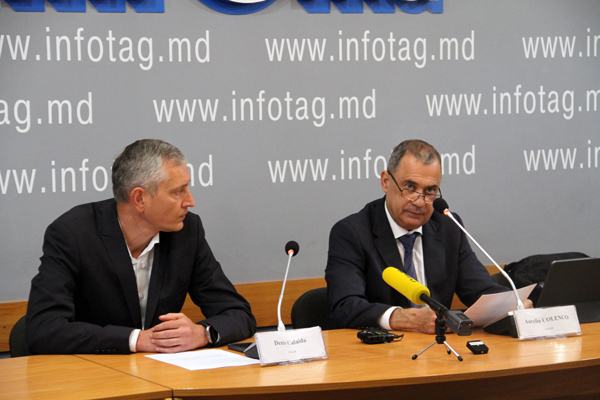
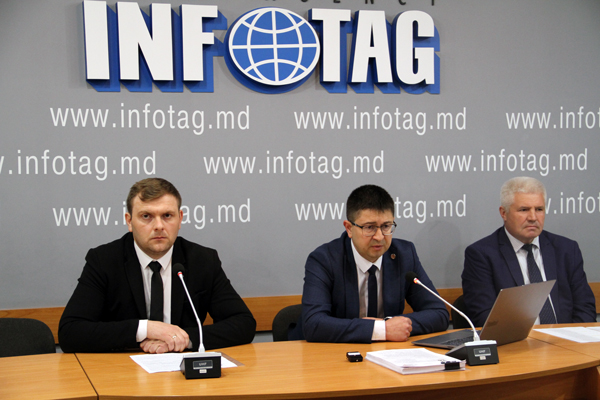
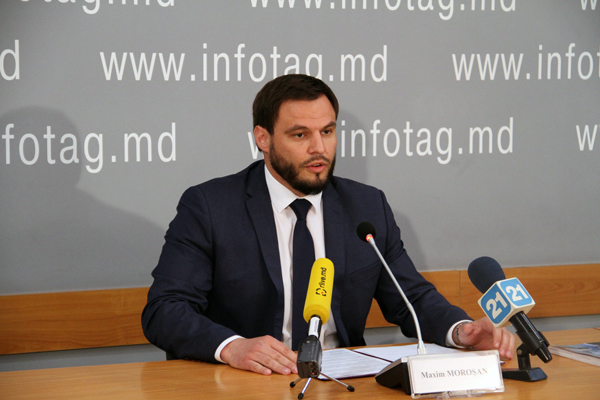
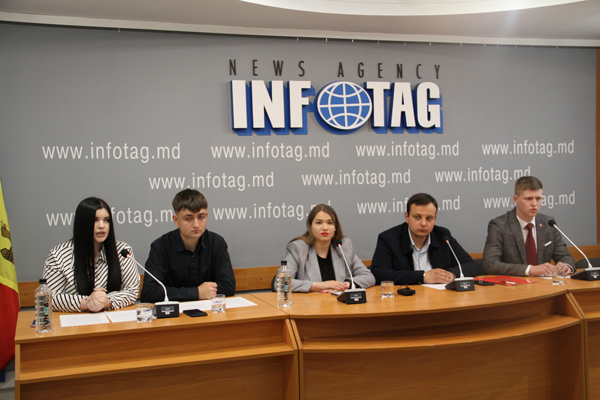
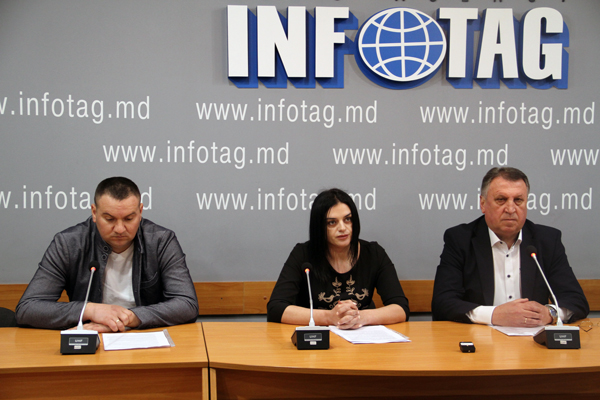
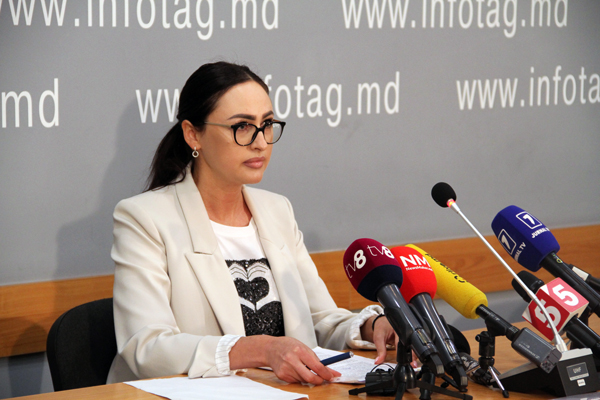
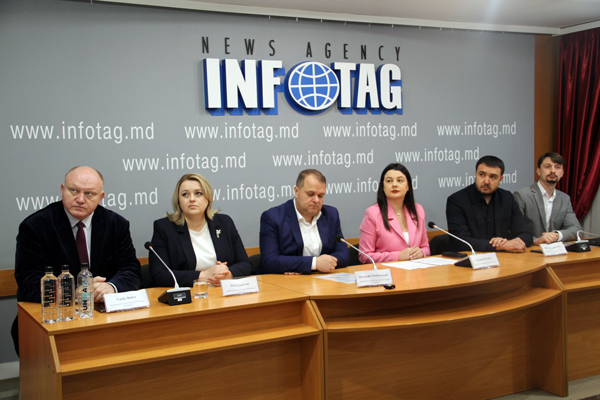
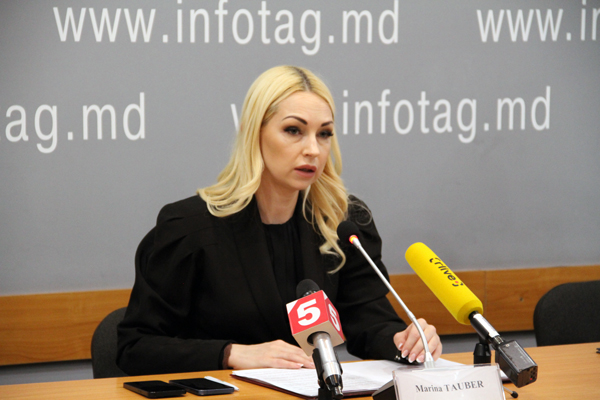
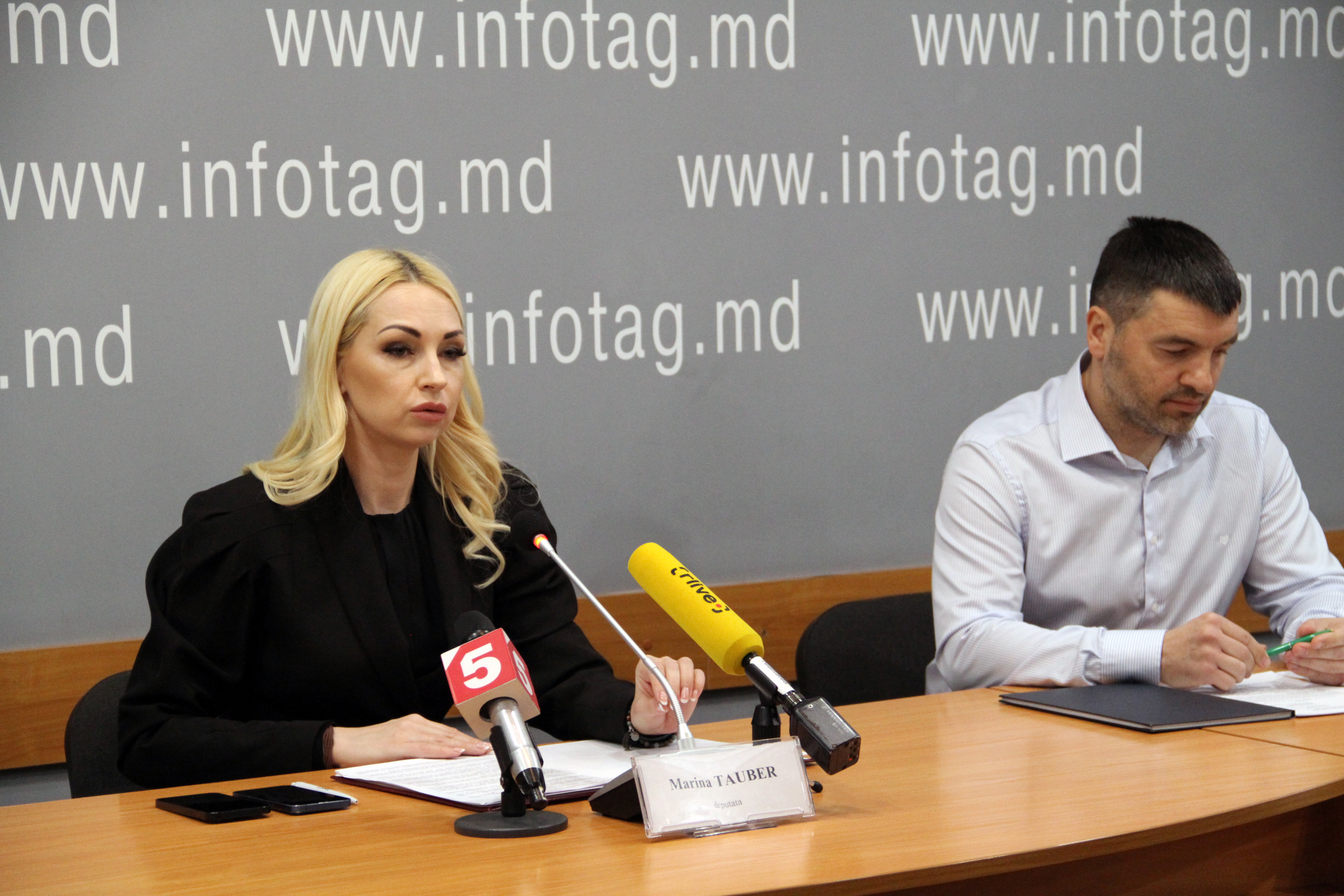
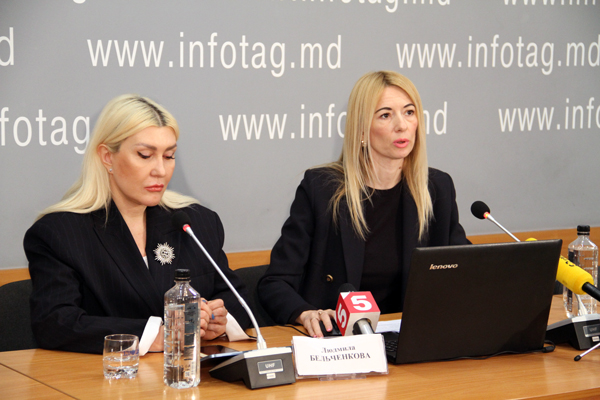
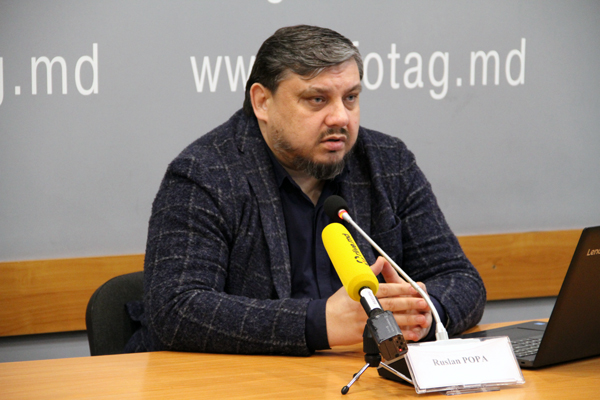
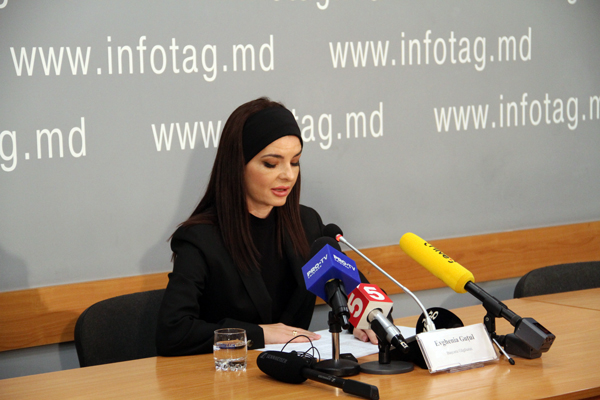
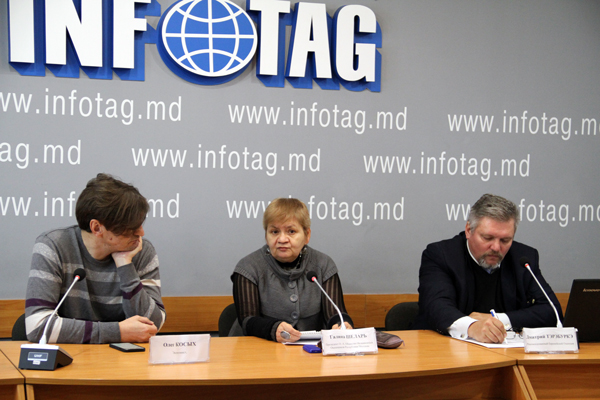
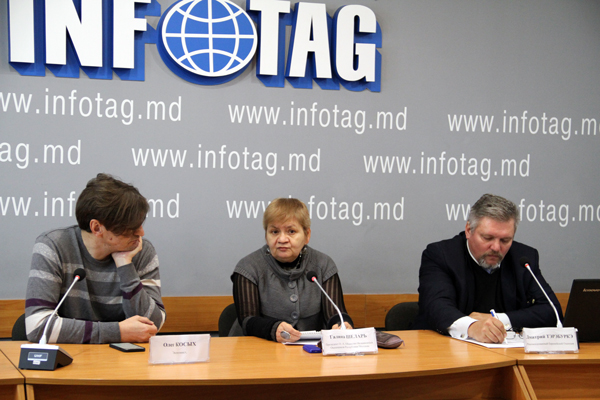
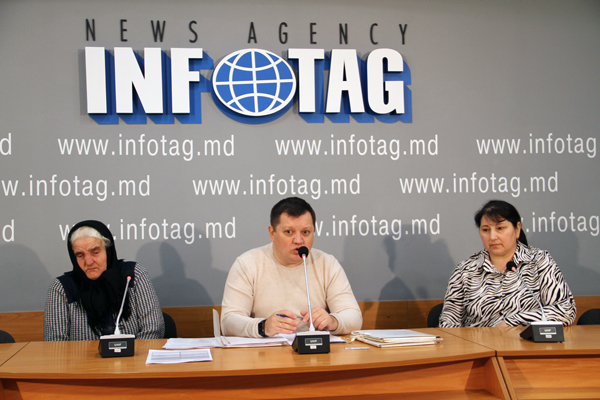
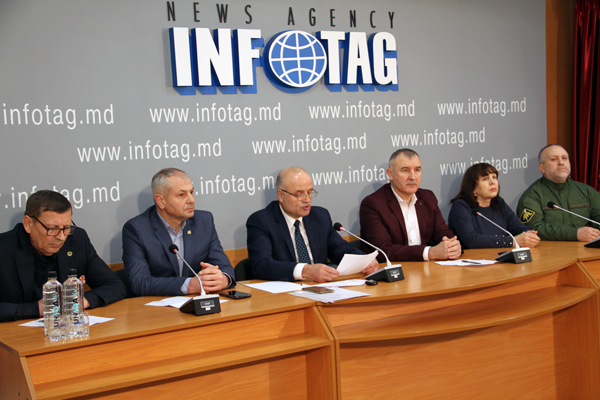
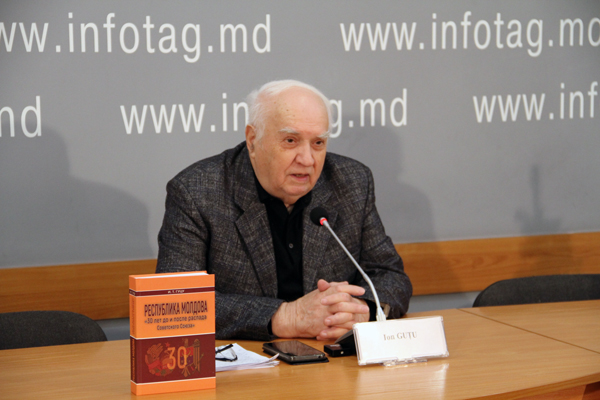
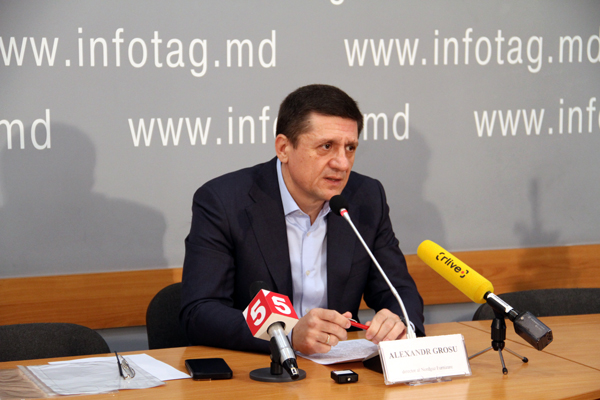
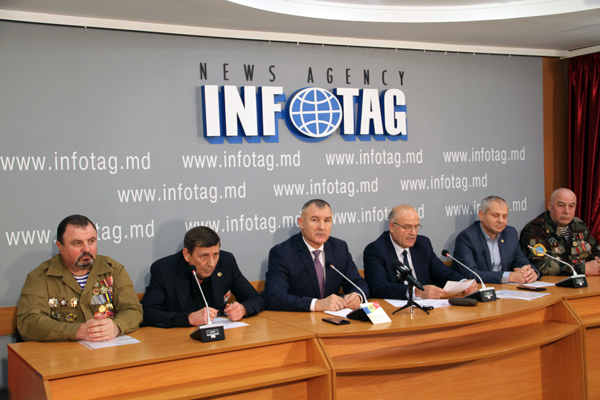
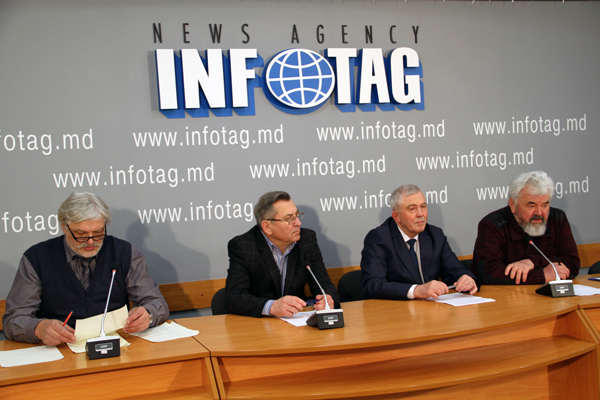



Add Comment